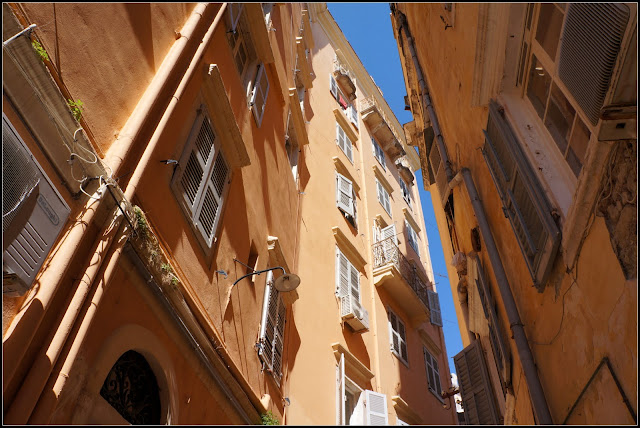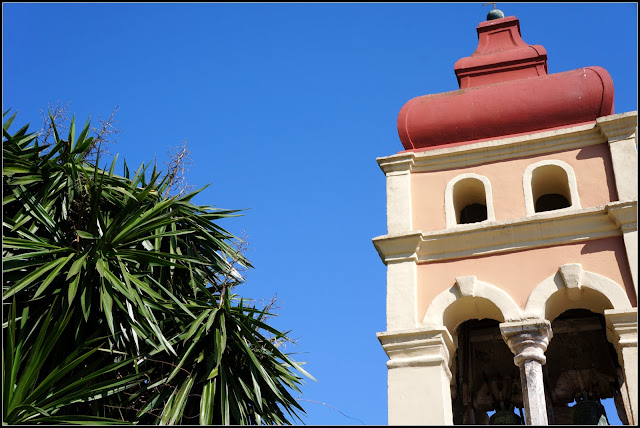A Korfu városban található angol temető tavasszal a természetkedvelők oázisa. Az angol megszállás alatt (angol nemzeti öntudattal rendelkezők kedvéért angol prefektorátus ideje alatt) 1814-ben létrehozott temető a 19.században a mai Corfu Palace Hotel területén volt található, majd az 1900-as években átköltöztették a mostani területre. A máltai származású Psailas család immáron három generáció óta viseli gondját a temető parkjának, a 80 év feletti Jorgosz Pszailasz korát meghazuttolva gondozza a gyönyörű kertet, a különleges virágokat, fákat, melyeket elmondása szerint anno a nagyapja ültetett. Örömmel fogad minden látogatót, és szívesen mesél a múltról. Sokan látogatják a helyet a különleges, vad orchideák miatt, valaha a sziget egész területén megtalálhatók voltak, mostanra ritkaság számba megy, legfőképpen ebből a fajtából, amilyen itt a temetőben is található.
***
In spring the British Cemetery in Corfu town is becoming nature lover's oasis. The cemetery was established in 1814 during the British protectorate. In the 19th century was located in the area of today's Corfu Palace Hotel, then the 1900s moved to the current site. The Maltese-origin Psailas family has been taking care of the park of the cemetery for three generations, today over 80 years old Mr.Jorgos Psailas, doesn't matter his age, he still looks after the beautiful garden, all the special flowers and trees, which as he said, were planted by his grandfather. He warmly welcomes all visitors and likes to tell stories about the past. There used to be many of them all over the island, but now it is very rare to find them, especially this variety, that is in this cemetery.
 |
| Mint egy Claude Monet festmény Like a painting by Claude Monet |
 |
| Nem túl gyakran látni tulipánt a szigeten Not often you can see tulips on the island |
 |
| Jorgosz úr a temető gondnoka, ahogy az édesapja és a nagyapja is az volt Mr. Jorgos caretaker of the cemetery as his father and his grandfather was |
 |
| Virágszőnyeg... A floral carpet ... |
 |
| A háttérben látható a Pszailasz család háza In the background is the Psailas family's house |
 |
 |
| A kútban aranyhalak is úszkálnak Goldfishes are swimming in the well |
 |
| A kút The well |
 |
 |
| Babérfa Bay leaf |
 |
| És íme a vad orchidea (egy a sok ezer faj közül) And here's the wild orchid (one of the many thousands of species) |
 |
Egy csokor videó Jorgosz úr meséiből (görögül tudóknak) Videos with Mr. Jorgos's tails (in greek language) |


































































